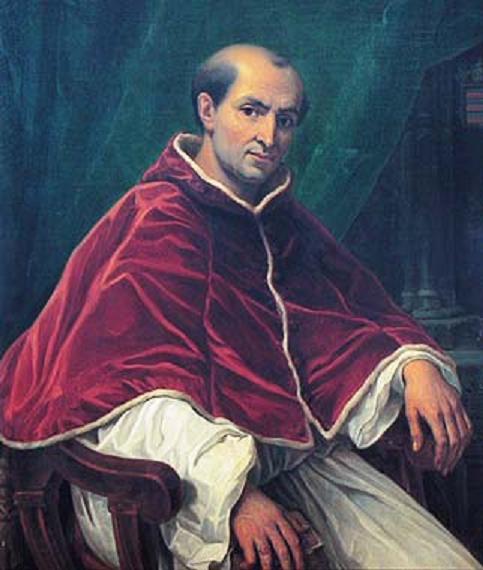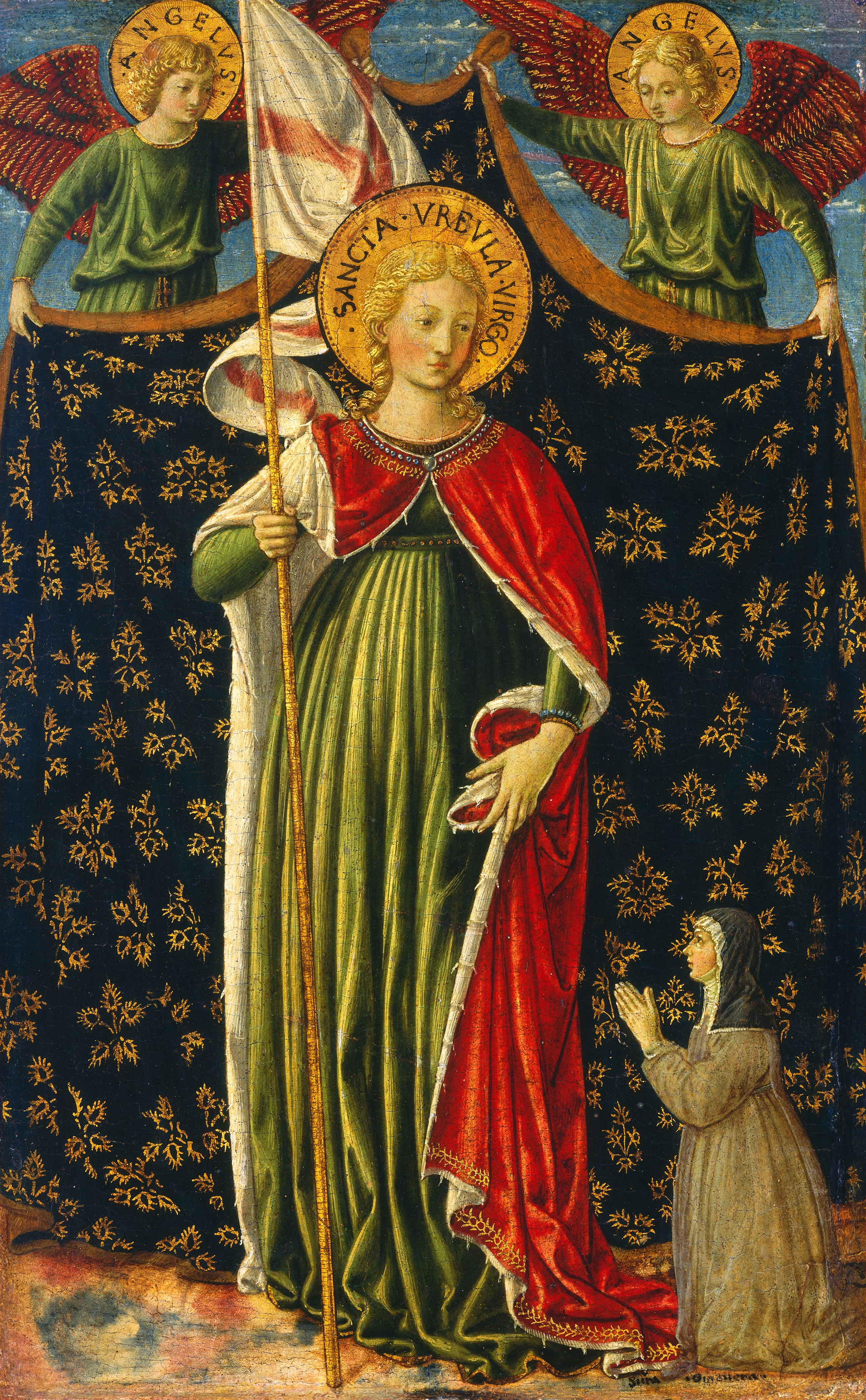|
Chavagnes-en-Paillers
Chavagnes-en-Paillers () is a commune of the Vendée department in the Pays de la Loire region in western France. Chavagnes en Paillers is known as one of the two ''villes saintes'' (holy towns) of the Vendée. (The other is Saint-Laurent-sur-Sèvre). It is home to the mother-houses of two religious congregations: the Sons of Mary Immaculate and the Ursulines of Jesus, both founded by the Roman Catholic priest Louis-Marie Baudouin in about 1802 in the wake of the French Revolution (1789) and the War in the Vendée (mainly 1793-1796). Still present also in Chavagnes is the seminary Baudouin founded for the training of boys and men destined for the priesthood. It was the first junior seminary to be approved in France after the Revolution. It now continues as Chavagnes International College eng, Put down your roots in those you have chosen , motto_translation = , established = 2002 (re-fashioned) , closed = , type = Independent secondary school , r ... [...More Info...] [...Related Items...] OR: [Wikipedia] [Google] [Baidu] |
Louis-Marie Baudouin
Louis-Marie Baudouin (2 August 1765 - 12 February 1835) was a French Roman Catholic priest who was the founder of the "Sons of Mary Immaculate" and also the "Ursulines of Jesus". Pope Benedict XVI proclaimed him to be Venerable on 20 December 2012. Life Louis-Marie Baudouin was born in Montaigu, Vendée on 2 August 1765, the last of eight children. His father, a gardener at the Château de Montaigu, died when Louis-Marie was about two years old. As a boy, he became a chorister in the collegiate church of St. Maurice. The canons undertook the expense of his education with a teacher in the town. When his mother died in 1780, he was looked after by his eldest sister Marie. He then went ot live with his eldest brother, Pierre Martin, curate of Chantonnay. When Pierre Martin was made Curé of Angles, Vendée, Angles in 1782, his younger brother accompanied him. That October Louis-Marie entered the Seminary of Luçon. He was ordained as a Catholic priest at Saint-Malo on 19 September 1 ... [...More Info...] [...Related Items...] OR: [Wikipedia] [Google] [Baidu] |
Chavagnes International College
eng, Put down your roots in those you have chosen , motto_translation = , established = 2002 (re-fashioned) , closed = , type = Independent secondary school , religious_affiliation = Catholicism , principal = Ferdi McDermott , r_head_label = , r_head = , address = 96 rue du Calvaire , postcode = 85250 , city = Chavagnes-en-Paillers , country = France , enrolment = 45 , gender = Boys , lower_age = 11 , upper_age = 18 , houses = , colours = Blue, red and gold , alumni = Old Chavagnians , website = Chavagnes International College is an independent Catholic secondary school for boys, located in Chavagnes-en-Paillers, France. Founded in 1802 by Louis-Marie Baudouin the school was re-fashioned an "international college" in 2002. The school's language of instruction is English, and it prepares pupils for British GCSEs and A-levels, with the French Bre ... [...More Info...] [...Related Items...] OR: [Wikipedia] [Google] [Baidu] |
Communes Of The Vendée Department department of France.
The communes cooperate in the following intercommunalities (as of 2022):BANATICThe following is a list of the 257 communes of the Vendée Vendée (; br, Vande) is a department in the Pays de la Loire region in Western France, on the Atlantic coast. In 2019, it had a population of 685,442. Périmètre des EPCI à fiscalité propre. Accessed 7 October 2020. * [...More Info...] [...Related Items...] OR: [Wikipedia] [Google] [Baidu] |
Communes Of France
The () is a level of administrative division in the French Republic. French are analogous to civil townships and incorporated municipalities in the United States and Canada, ' in Germany, ' in Italy, or ' in Spain. The United Kingdom's equivalent are civil parishes, although some areas, particularly urban areas, are unparished. are based on historical geographic communities or villages and are vested with significant powers to manage the populations and land of the geographic area covered. The are the fourth-level administrative divisions of France. vary widely in size and area, from large sprawling cities with millions of inhabitants like Paris, to small hamlets with only a handful of inhabitants. typically are based on pre-existing villages and facilitate local governance. All have names, but not all named geographic areas or groups of people residing together are ( or ), the difference residing in the lack of administrative powers. Except for the municipal arr ... [...More Info...] [...Related Items...] OR: [Wikipedia] [Google] [Baidu] |
Vendée
Vendée (; br, Vande) is a department in the Pays de la Loire region in Western France, on the Atlantic coast. In 2019, it had a population of 685,442.Populations légales 2019: 85 Vendée INSEE Its prefecture is La Roche-sur-Yon. History The area today called the Vendée was originally known as the ''Bas-Poitou'' and is part of the former province of Poitou. In the southeast corner, the village of[...More Info...] [...Related Items...] OR: [Wikipedia] [Google] [Baidu] |
Departments Of France
In the administrative divisions of France, the department (french: département, ) is one of the three levels of government under the national level ("territorial collectivities"), between the administrative regions and the communes. Ninety-six departments are in metropolitan France, and five are overseas departments, which are also classified as overseas regions. Departments are further subdivided into 332 arrondissements, and these are divided into cantons. The last two levels of government have no autonomy; they are the basis of local organisation of police, fire departments and, sometimes, administration of elections. Each department is administered by an elected body called a departmental council ( ing. lur.. From 1800 to April 2015, these were called general councils ( ing. lur.. Each council has a president. Their main areas of responsibility include the management of a number of social and welfare allowances, of junior high school () buildings and technical ... [...More Info...] [...Related Items...] OR: [Wikipedia] [Google] [Baidu] |
Pays De La Loire
Pays de la Loire (; ; br, Broioù al Liger) is one of the 18 regions of France, in the west of the mainland. It was created in the 1950s to serve as a zone of influence for its capital, Nantes, one of a handful of "balancing metropolises" (). Geography Pays de la Loire is in western France, bordered by Brittany on the northwest, Normandy on the north, Centre-Val de Loire on the east, Nouvelle-Aquitaine on the south, and the Bay of Biscay of the North Atlantic Ocean on the southwest. Departments and former province Pays de la Loire comprises five departments: Loire-Atlantique, Maine-et-Loire, Mayenne, Sarthe, Vendée. Pays de la Loire is made up of the following historical provinces: * Part of Brittany, with its old capital Nantes contained within the Loire-Atlantique department. This is up to 20% of historical Brittany. The other 80% makes up the currently neighbouring region of Brittany * Anjou: is largely absorbed into the Maine-et-Loire department; the rest in th ... [...More Info...] [...Related Items...] OR: [Wikipedia] [Google] [Baidu] |
Regions Of France
France is divided into eighteen administrative regions (french: régions, singular ), of which thirteen are located in metropolitan France (in Europe), while the other five are overseas regions (not to be confused with the overseas collectivities, which have a semi-autonomous status). All of the thirteen metropolitan administrative regions (including Corsica ) are further subdivided into two to thirteen administrative departments, with the prefect of each region's administrative centre's department also acting as the regional prefect. The overseas regions administratively consist of only one department each and hence also have the status of overseas departments. Most administrative regions also have the status of regional territorial collectivities, which comes with a local government, with departmental and communal collectivities below the region level. The exceptions are Corsica, French Guiana, Mayotte and Martinique, where region and department functions are managed ... [...More Info...] [...Related Items...] OR: [Wikipedia] [Google] [Baidu] |
France
France (), officially the French Republic ( ), is a country primarily located in Western Europe. It also comprises of overseas regions and territories in the Americas and the Atlantic, Pacific and Indian Oceans. Its metropolitan area extends from the Rhine to the Atlantic Ocean and from the Mediterranean Sea to the English Channel and the North Sea; overseas territories include French Guiana in South America, Saint Pierre and Miquelon in the North Atlantic, the French West Indies, and many islands in Oceania and the Indian Ocean. Due to its several coastal territories, France has the largest exclusive economic zone in the world. France borders Belgium, Luxembourg, Germany, Switzerland, Monaco, Italy, Andorra, and Spain in continental Europe, as well as the Netherlands, Suriname, and Brazil in the Americas via its overseas territories in French Guiana and Saint Martin. Its eighteen integral regions (five of which are overseas) span a combined area of ... [...More Info...] [...Related Items...] OR: [Wikipedia] [Google] [Baidu] |
Saint-Laurent-sur-Sèvre
Saint-Laurent-sur-Sèvre (, literally ''Saint-Laurent on Sèvre'') is a commune in the Vendée department in the Pays de la Loire region in western France. Pilgrimage Some 25,000 visitors per year arrive at the town, for it is the burial place of two well known Roman Catholic figures: Saint Louis de Montfort and Blessed Marie Louise Trichet. The Basilica of Saint Louis de Montfort at Saint-Laurent-sur-Sèvre is an impressive structure that attracts a good number of pilgrims each year. On September 19, 1996, Pope John-Paul II visited the town to meditate and pray on the adjacent tombs of Saint Louis and Blessed Marie Louise. Pope John Paul II's strong Marian devotion was highly influenced by the Mariology of Saint Louis de Montfort. According to his Apostolic Letter ''Rosarium Virginis Mariae'', the pontif's personal motto "Totus Tuus" was inspired by St. Louis' doctrine on total consecration to the Virgin Mary. Claire Ferchaud was born in Saint-Laurent-sur-Sèvre. See also *Co ... [...More Info...] [...Related Items...] OR: [Wikipedia] [Google] [Baidu] |
Ursulines Of Jesus
The Ursulines, also known as the Order of Saint Ursula ( post-nominals: OSU), is an enclosed religious order of consecrated women that branched off from the Angelines, also known as the Company of Saint Ursula, in 1572. Like the Angelines, they trace their origins to their foundress Saint Angela Merici and place themselves under the patronage of Saint Ursula. While the Ursulines took up a monastic way of life under the Rule of Saint Augustine, the Angelines operate as a secular institute. The largest group within the Ursulines is the Ursulines of the Roman Union. History In 1572 in Milan, under Saint Charles Borromeo, the Archbishop of Milan, members of the Company of Saint Ursula chose to become an enclosed religious order. Pope Gregory XIII placed them under the Rule of Saint Augustine. Especially in France, groups of the company began to re-shape themselves as cloistered nuns, under solemn vows, and dedicated to the education of girls within the walls of their monasteries ... [...More Info...] [...Related Items...] OR: [Wikipedia] [Google] [Baidu] |
War In The Vendée
The war in the Vendée (french: link=no, Guerre de Vendée) was a counter-revolution from 1793 to 1796 in the Vendée region of France during the French Revolution. The Vendée is a coastal region, located immediately south of the river Loire in Western France. Initially, the revolt was similar to the 14th-century Jacquerie peasant uprising, but the Vendée quickly became counter-revolutionary and Royalist. The revolt headed by the newly-formed Catholic and Royal Army was comparable to the Chouannerie, which took place in the area north of the Loire. While elsewhere in France the revolts against the were repressed, an insurgent territory, called the by historians, formed south of the Loire-Inférieure (Brittany), south-west of Maine-et-Loire ( Anjou), north of Vendée and north-west of Deux-Sèvres (Poitou). Gradually referred to as the "Vendeans", the insurgents established in April a " Catholic and Royal Army" which won a succession of victories in the spring and summe ... [...More Info...] [...Related Items...] OR: [Wikipedia] [Google] [Baidu] |


